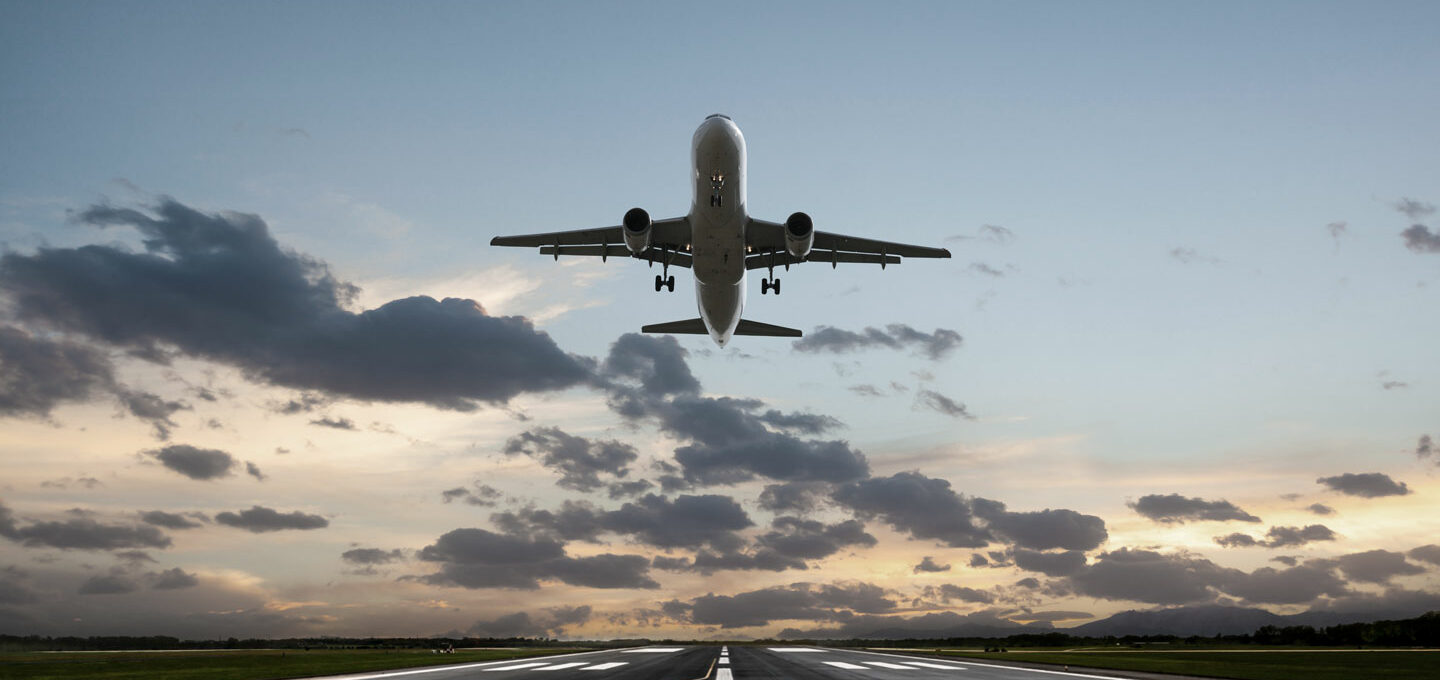The current days are the most challenging ones for aviation. The crisis includes by far not only health aspects, but also profound changes, especially in transportation related areas. Encouraging news about vaccine development has given carriers hope. We all expect that suspended flight routes may soon be able to reactivate. However, making a virus vaccine widely available will take some time. Therefore, it is important to consider that the consequences of the pandemic may stay longer than expected. At this point, one question is crucial: How can airlines prepare to fully resume flight operations?
It is clear that aviation will not start up as a whole and all-of-a-sudden, but in a step-by-step process. On the one hand, this is a matter of logistics chains and interdependent processes. On the other hand, a lot depends on each country´s policies regarding air travel restrictions. While fleets around the world are more or less grounded, a lot is happening behind the scenes. In addition to the necessary savings measures, they plan the re-entry into operation. However, unprecedented situations like this cannot be processed with the standard planning process for normal flight operations. It requires a lot of beyond-routine planning expertise.
Adjusted planning is the key to resume flight operations
Assume different Scenarios
It is essential to work with different scenarios, which in turn depend on a variety of other factors. A prerequisite to fully resume flight operations is that the flights and the associated turnaround processes are feasible at all. The affected airports, ground handlers and executive authorities must be able to offer an executable turnaround process. This requires appropriate staffing while rebuilding a functioning operation in different phases.
Planners need to make basic assumptions for further planning. As soon as they have created a scenario that they consider to be the most likely for the next few weeks, they can proceed with more detailed steps. This possible scenario includes, for example:
- Domestic flights start before international flights
- International flights start before continental flights
- Business guests are more likely to book flights than tourists
- Certain routes are more likely to be operable than others
The chosen scenario will, however, undergo permanent updating and re-evaluation of different re-implementation stages and phases.

Consider different evaluation criteria
If an airline then decides to resume flight operations focusing on certain routes, it must apply several additional evaluation criteria based on specific KPI:
- What is the expected seat load factor on the routes?
- How many employees are needed on the ground and in the aircraft?
- What is the productivity resulting from this?
- Which service levels can be offered to what extent?
Additionally, the implementation of safety protocols must be considered. For instance, ensuring social distancing on board has an impact on seat assignments and therefore on an airplane´s capacity utilization.
One step at a time: Build flexibility into your plans
We see, it is crucial to ask the right questions and process the right data. Next to the extended expertise of the decision makers, using the right planning tool is crucial to support the resume of flight operations. Including certain buffers in your resourcing plans will provide you the flexibility needed to react to occurrences on the day of operations.
As the current situation remains highly volatile, there may be more questions to answer than we can even imagine. One day we will surely travel as much and as free as before the crisis again. But for now, one thing is certain: A thorough planning work is the key to get through the turbulence.





0 comments on “COVID-19: Tips To Resume Flight Operations”